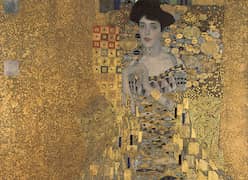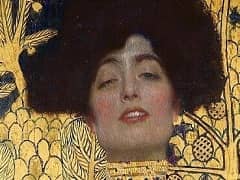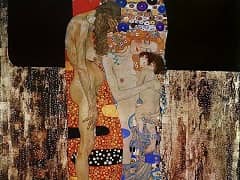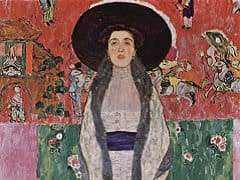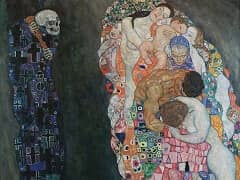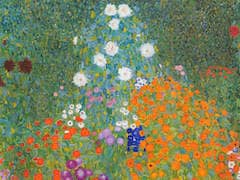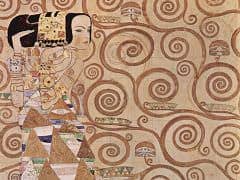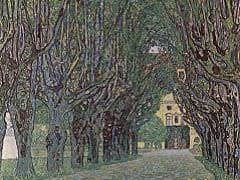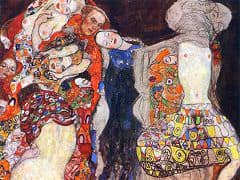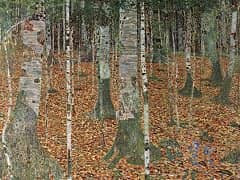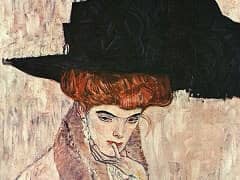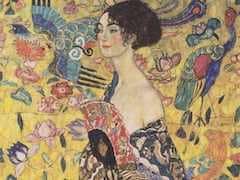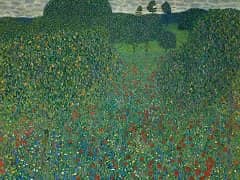Portrait of Sonja Knips, 1889 by Gustav Klimt

The Portrait of Sonja Knips was in many senses a breakthrough painting for Gustav Klimt. The period preceding it - some five years of relative inactivity - had been one of consolidation and
growth, as the artist slowly weaned himself from his academic background and struggled toward his own revolutionary style. The portrait marked a firm break with the glamorous - but implicitly decadent
- world of the theater, in which he had made his early name, and his first significant entry into the social stratum that fostered the rise of the Secession and later the Wiener Werkstatte. As a
privately commissioned work, the painting also heralded Klimt's progressive withdrawal from the public arena of his previous activity as a muralist. It was the first in the long series of portraits
depicting society ladies that was to become the mainstay of the artist's later reputation and economic well-being. Whereas formerly his work had been more or less evenly divided between male and female
subjects, he was hereafter to paint women almost exclusively.
In other ways, too, the Knips portrait presaged Klimt's future development. Though the painting is not yet as fanciful or stylized as the work from the subsequent "gold" period, the musty pastels and
soft, milky textures constitute a clear departure from the conventional realism of his earlier years. The influence of the American painter James McNeil Whistler is unmistakable and was remarked upon
as early as 1903, though it is thought that Klimt could only have known his work from reproductions at the time. The triangular semi-profile pose and square format were to appear as recurrent
compositional devices in Klimt's later portraits. A subtle competition between the subject and her inanimate surroundings - the suffocatingly high-collared dress, the striking floral arrangement - is
also indicative of the sort of pictorial tension that Klimt would exploit to great effect in his mature work.



